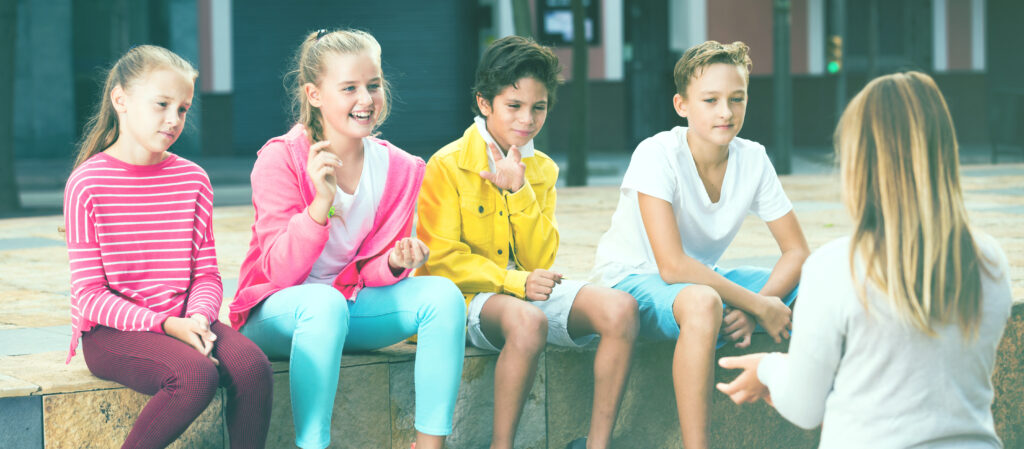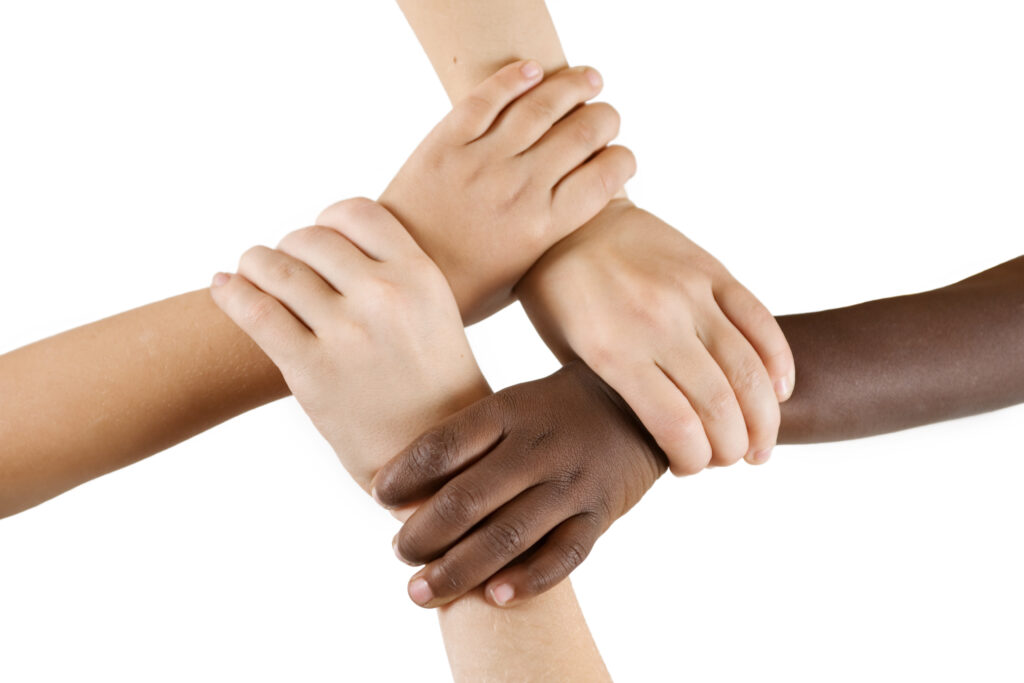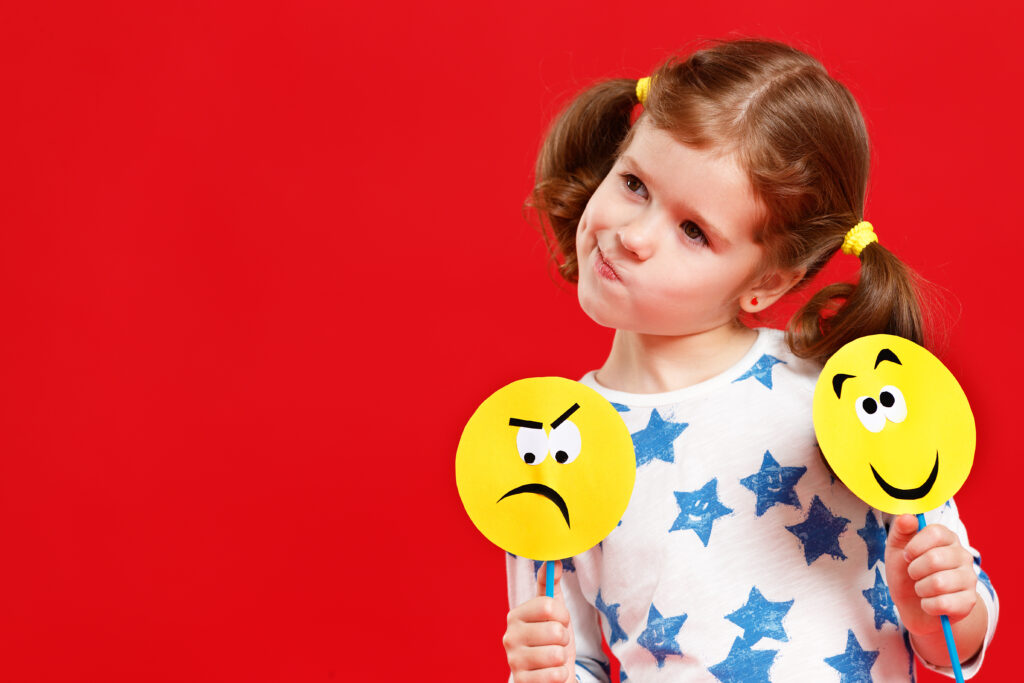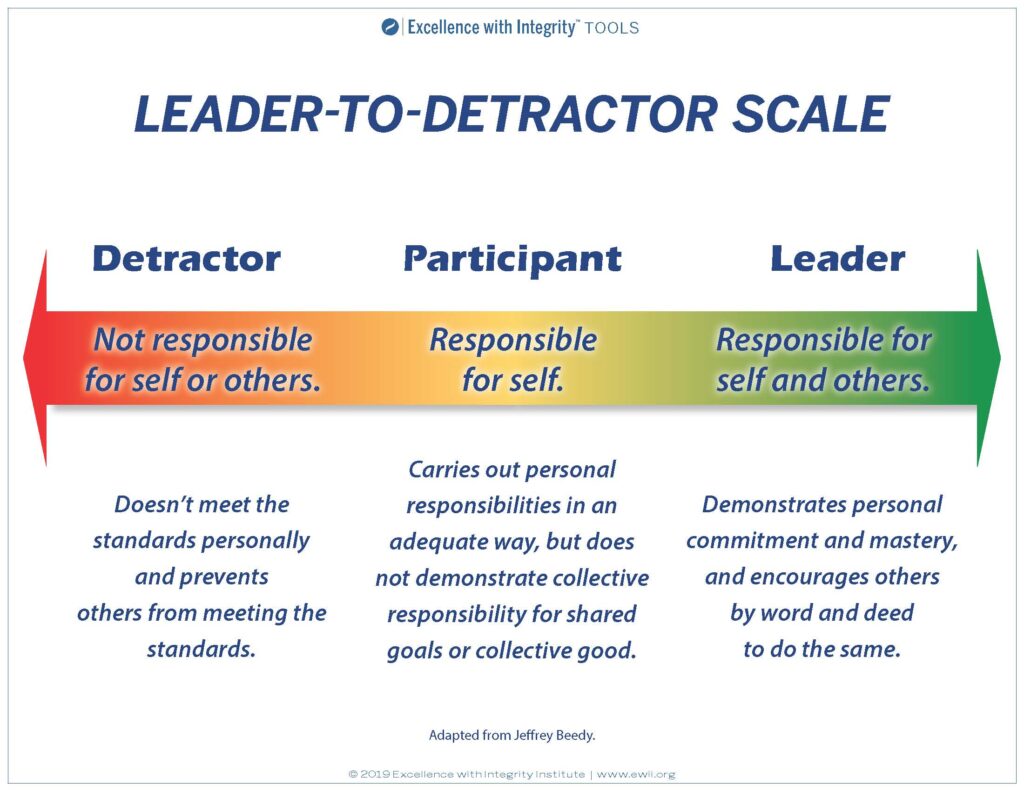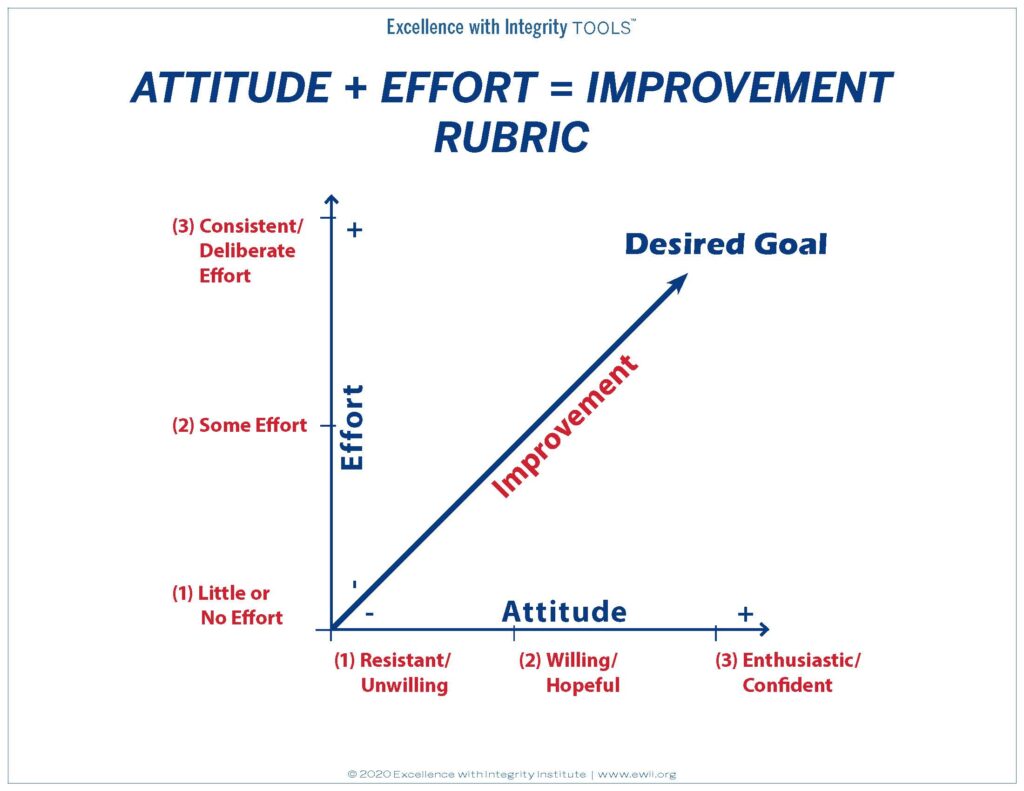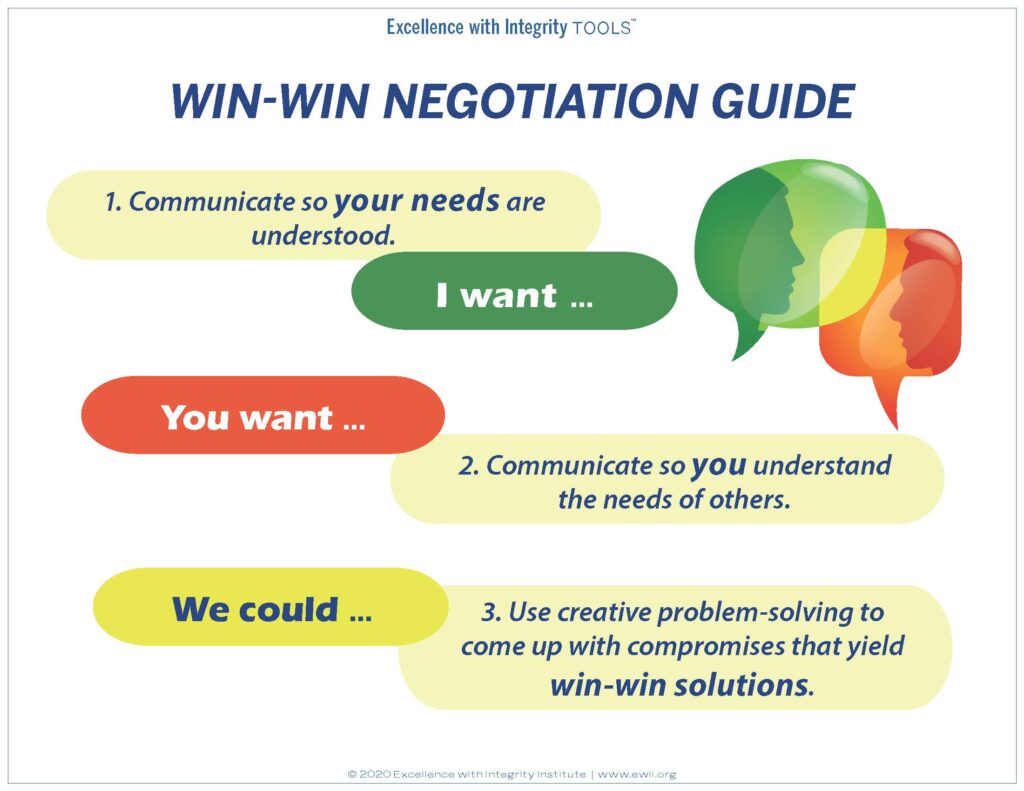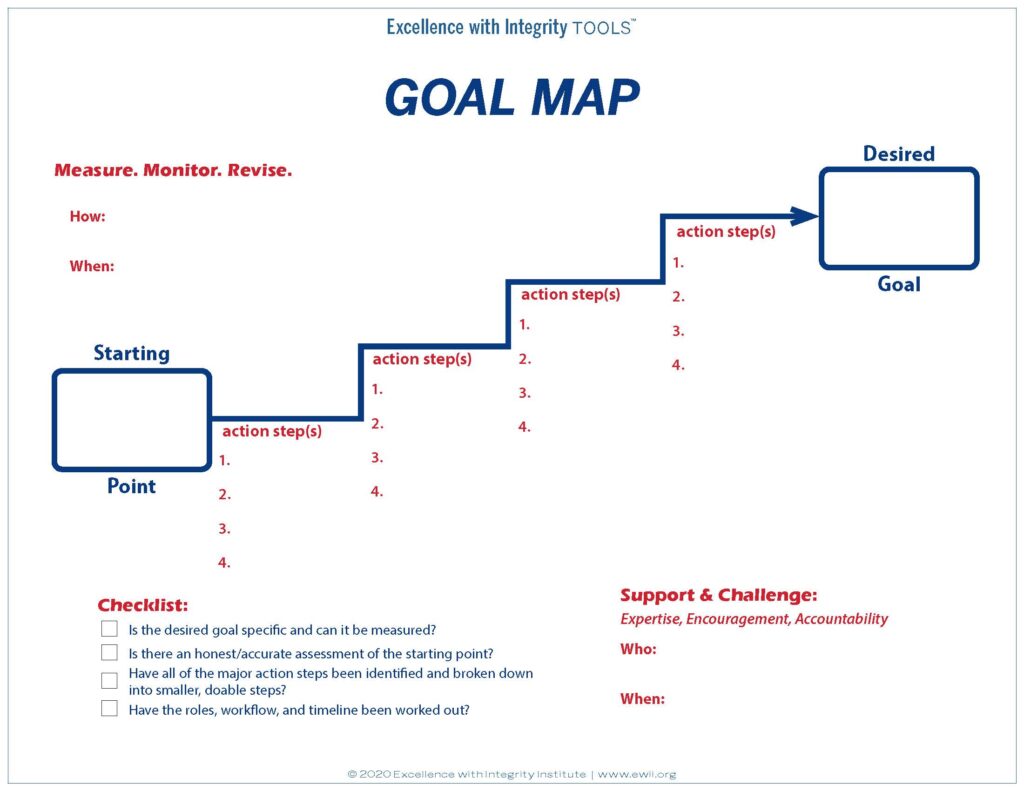Fun Ways to Help Kids Learn the Power of Kindness

From guest contributor Dr. Michele Borba
When my children were little, we played a game called the Silent Fuzzy Pass. Fuzzy was a bright orange, ragged old stuffed animal that I suppose was a bear though it’s debatable. Each night, Fuzzy “mysteriously appeared” on one of my son’s pillows because the receiving child had been especially caring that day-and trying to sneak it there was always challenging. I only needed to put Fuzzy out once for the game to be effective.
The very next day-and the next few weeks-the boys were on a “kindness alert,” watching for a brother to say or do something nice so that they could later try to guess who Fuzzy would visit that night. All day long they would run to me with “kindness reports”: “Zach was really nice. He shared his toys with me.” “Jason was kind. He let me choose the game we played.” The only rule was that the boys had to explain why they felt the deed was kind. Later that night they would run to their pillows to see who Fuzzy had visited. The nonrecipients would tell the honored brother why Fuzzy probably chose him by reciting the kind deeds they remembered him doing earlier. Then the discussion would turn to their telling the brother how much they liked receiving his kind gestures, and the smile on the listener’s face was always priceless.
I still don’t remember how our “Fuzzy visits” got started. It probably was one of those spontaneous parenting moments when my kids’ “kindness level” needed readjusting, and the idea just came. But it was amazing how such a simple little strategy could be so effective in boosting the virtue in my family. It sure taught me a few things: I learned that by really targeting kindness for a few weeks at home, my sons focused more on the behavior, and doing so helped them acquire a repertoire of kind deeds. I also learned the importance of letting my children know that their kind deeds positively affected others. Their kind gestures blossomed in our home-and it was so simple!
I’ve used these virtue-building lessons with my kids as well as students ever since. And it also seems that research shows that that easy little “spur of the moment” technique is one of the best ways to boost our children’s kindness muscles.
The Science of Kindness
Studies firmly support the theory that by practicing small acts of kindness, people are often guided to perform more widespread acts of compassion even though that may not have been their original intention.
Samuel and Pearl Oliner discovered this phenomenon in their famous landmark study in Europe involving the rescuers of Jews from the Nazi persecution. Their book, The Altruistic Personality, is profound. In their interviews with the rescuers, a significant number said they had first planned to give only limited help, but their commitment grew once they became involved. The same phenomenon will take place with children once they recognize that their acts of kindness are appreciated. The more opportunities children have to experience what it feels like to be the giver of kindness, the more likely they will incorporate the virtue as part of their character. We need to make sure our children have those opportunities to extend kindness.
3 Ways Kids Can Practice Doing Kind Deeds
What follows are a few ideas parents, teachers, and club leaders have used that encourage kids to practice doing kind deeds.
1. Create a Kindness Center Piece
A family from Toledo shared this heart centerpiece activity with me; it not only makes a charming decoration but also nurtures kindness. Gather your family together and brainstorm a list of kind deeds kids can do for just about anybody. Set one criterion: the deeds must all come “straight from the heart” and can’t be something you purchase.
Here are a few simple kindness suggestions other kids have come up with: say hello, ask how they are, offer to help, share something (anything!), give a compliment, invite them to play, listen and wait, give a pat on the back, ask someone to have lunch with you, teach a game to a friend, let the other person “go first,” write a thank you note, hug someone you love, open the door, give praise, do an errand for someone, give a high five, recycle, rake the neighbor’s leaves, wave to a stranger, bring a flower to your teacher, let them choose first, smile
Next, help your kids cut out fifteen to twenty-five colored paper heart shapes about three inches wide. On each heart, write a different kind deed. Then have kids decorate the hearts with whatever art supplies you have handy–glitter, stickers, marking pens, doilies, and paper scraps. Tape the back of each heart onto a pipe cleaner. Now place the “heart flowers” into any vase.
Every morning, invite each family member to pull a heart shape from the centerpiece. Encourage him to do the kind deed for people sometime that day. Each night at dinner, have everyone take turns describing his kindness-giving experience. Be sure to point out that people react differently to kindness and that not everyone may seem appreciative, but kind deeds are always the right thing to do.
2. Assign Secret Kindness Pals in Your Class or Home
This idea is a great way to help children learn that giving can be just as fun as receiving. Start by writing each child’s name on a paper slip; put them all in a basket, bag or other container. Each participating child then takes a turn pulling a slip; the pulled name becomes the child’s secret kindness pal. Explain that her task for the next week-a few days for younger kids-is to do a secret act of kindness toward her pal each day. Emphasize that the pal should not “see” the child performing the deed-that’s what makes it secret and what makes the game so intriguing.
Some of the secret deeds kids come up with are just plain wonderful. I’ve had students draw pictures, write a song, pick a flower bouquet, and string a necklace. My own kids secretly cleaned a brother’s room (a true first!), did laundry, and even ironed a shirt (though this was definitely a time when the thought was what really counted, not what the shirt looked like later).
My favorite example came from a Girl Scout troop in New York. Each girl’s secret buddy was a cancer patient in a pediatric ward. Each day for a month, the girls did secret kindly deeds for the children, such as leaving e-mail messages for them on the hospital computers, bringing toys, making colorful posters to wish them a happy day, baking cookies, and even making tapes of their favorite music to give. The patients adored the gestures, but the girls got even more enjoyment from doing the secret caring deeds.
When I did this activity with students, I always allowed a few minutes before dismissal to ask: “Has anybody done something nice for you? What was it? How did it make you feel? Who do you think your secret pal was today?”
The discussion always generated ideas for more secret kind gestures and also clearly let the senders know that their gestures were appreciated. Warning: the key to the activity’s success is keeping the secret pal a secret-which is almost impossible for some kids ( like one of my own sons -so try to keep things lighthearted even if the secrecy rule isn’t strictly adhered to. Feel free to give younger kids hints for ideas they might try to keep things hush hush.
3. Make a Giving Tree Filled with Kind Deeds
One of the cutest ideas I’ve seen for helping kids practice kindness was done by a Boys and Girls Club in Atlanta. The leaders first read The Giving Tree by Shel Silverstein, a wonderful parable about a tree and a boy who grow old together and finally that recognize the greatest gift is giving of yourself. Next, they stood a large leafless tree branch in a pot and placed it in the middle of the room. The leaders then asked the kids to think of kind gestures they could do for someone when she looked sad or lonely like the tree. Each child’s idea was written on a six-inch leaf shape precut from colored paper, then hung to the branch with a paper clip.
In a short time, their Giving Tree was covered with kind ideas, such as give a hug, smile, call her at home, ask her to play, sing a song, say a kind word, share something, ask what you can do, draw a picture. The leaders finally said, “Each day during the week when you come to the club, go to the Giving Tree, find an idea you could do for someone to make his day brighter, and then do it. It will make not only his day better, but also yours.”
Parents, scout leaders, and teachers have told me they also made Giving Trees to help promote kindness with children. All you need is a small branch, plaster of paris, construction paper, scissors, paper clips, and a can. In fact, a fun family outing is taking a walk together just to find “the perfect branch.”
There are dozens of simple kindness rituals you can do with children.
- A year-round Giving Tree: My girlfriend Cindy Morse kept her tree for years standing by her kitchen table. Every holiday, her children decorated the tree: paper bunnies for Easter, Kleenex ghosts for Halloween, American flags for the Fourth of July, and hearts with kind deeds for Valentine’s Day. It’s a wonderful family tradition you might want to begin. Cindy now does the same activity with her grandkids.
- Pull a kind deed every day Giving Tree: My own family kept a small “Giving Tree” on our kitchen table. We’d periodically add more “kind deeds” written on small paper leaves to the tree. It was the perfect way to start. Each of us could look at one kind deed and then try to remember to do it for someone that day. A highlight of the evening dinner was talking about the kind deed and the impact it had on the individual.
- A Giving Tree kindness wall at a school: The Shipley School in Pennsylvania just emailed that they were started a Kindness Wall today. Every student was writing (or drawing) on a Post-it note an act of kindness they had done or seen that day. The wall was wrapping the school! What ideas are you doing with your students or children? Please share! After all, the world needs kindness and it must start with our children. Let’s start kindness traditions and keep them going all year round!
Michele Borba, Ed.D. is an internationally renowned consultant, educational psychologist and recipient of the National Educator Award who has presented workshops to over a million participants worldwide. She is a recognized expert in parenting, bullying, youth violence, and character development and author of 22 books including UnSelfie: Why Empathetic Kids Succeed in Our All-About Me World, The 6Rs of Bullying Prevention: Best Proven Practices to Combat Cruelty and Build Respect,The Big Book of Parenting Solutions, and Building Moral Intelligence. She has appeared over 130 times on the TODAY show and is a frequent expert on national media including Dateline, The View, Dr. Oz, Anderson Cooper, CNN, Dr. Drew, and Dr. Phil. To book her for speaking or media even refer to her website: www.micheleborba.com. Follow her on twitter @MicheleBorba.
